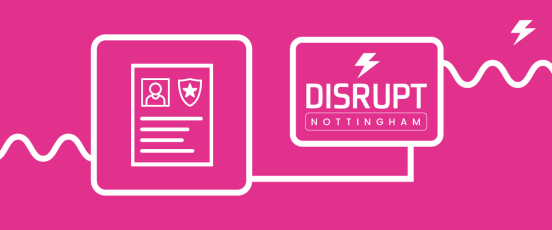Empowering Neurodivergent Employees in the Workplace

How do you build a workplace that helps neurodivergent people feel empowered and ready to make an impact? Let’s take a look.
Understanding neurodivergence
Defining neurodiversity can be difficult, because it is by nature a variable thing.
Think of it as a catch-all term that covers any variation in brain function. It can include medical disorders, learning disabilities, and a range of different conditions - anything that affects how the brain works. Dyslexia, downs syndrome, ADHD, sensory processing disorders, and autism spectrum disorder (ASD) are all examples of neurodiversity. Some examples of neurodiversity, such as ASD, are innate, which means the person was born with them. Others might be acquired, through brain trauma and other causes. Either way, people-centric environments can help support a huge range of people.
Neurodivergent employees can offer an incredible amount of value to a business. More often than not, they’ll provide new perspectives, helping your team as a whole become more innovative and creative. But to get there, you need to put the work in.
Creating a neuroinclusive workplace
Many neurodivergent people don’t have a formal diagnosis. Getting these can be incredibly difficult, especially as you age out of school (where support is at its highest levels). Likewise, many people simply don’t realise they might be neurodivergent, and don’t seek out healthcare support as a result. As if that wasn’t enough, many neurodivergent people don’t like to disclose the fact they are neurodivergent due to discrimination and bullying.
Building a neuroinclusive workplace means acknowledging that no two people are alike, and ensuring you maximise inclusion from the ground up, not just for specific people who tell you they need support.
Most crucial of all is training and education. If your employees as a collective are more aware of what neurodiversity is, they’ll pull together to support their colleagues. Advocacy from senior leadership is especially important here.
After this, you need to take a look at your policies and practices. Are they inclusive of neurodivergent people? Are they accessible and easy to read? For example, if someone is dyslexic, have you got huge paper policies they need to read through, or can they listen to it through audio?
If you have an office, it’s also well worth considering adapting work environment for neurodivergent staff. Adjustable lighting or temperatures are good for people with sensory disorders, as is providing quiet spaces. More generally, breaking large tasks down into smaller steps, keeping internal communications short and to the point, and providing assistive technology can also help.
Supporting neurodivergent employees
While it’s important to create a generally supportive environment, there are also specific things you can do to support specific employees.
One of the biggest challenges neurodivergent people can face is communication. Everyone expresses ideas in different ways, and neurotypical people often make assumptions about the best way to share an idea, making it harder to collaborate.
Where possible, offer reasonable accommodations for individuals. This might include things like more remote work, agendas provided for meetings in advance or. Ultimately, you need to be guided by the individual for this, don’t make assumptions on what they need. Foster open lines of communications and action what you can, and you’ll see results.
Final thoughts
A rising tide lifts all ships, and creating a workplace that supports neurodivergent people creates a workplace that supports every employee. Focus on education, advocacy and empowerment, and you’ll see better performance across the board.
Take a look at our employee experience report for more details about what employees need to thrive.



